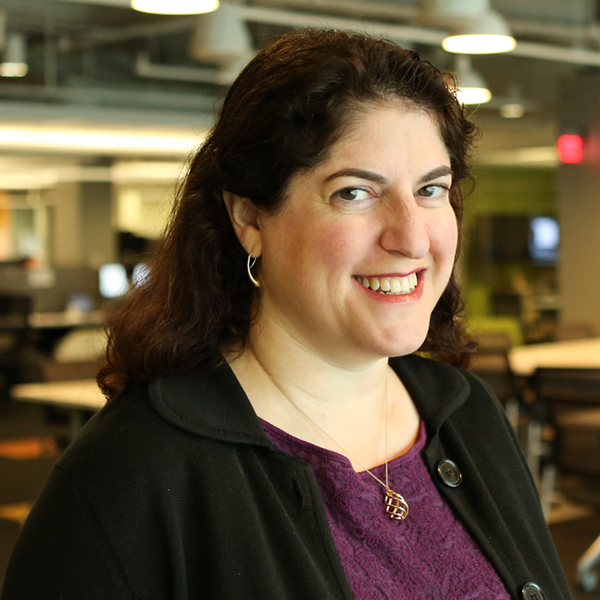(This article originally appeared in the June 18, 2010, issue of the Chronicle of Philanthropy.)
The biggest fund-raising drive in history has just gone public.
Warren Buffett, teaming with Bill and Melinda Gates, has challenged the nation’s billionaires to give away at least half of their net worth to charity—potentially totaling $600-billion. Billionaires including Eli and Edythe Broad, John and Ann Doerr, H.F. (Gerry) and Marguerite Lenfest, and John and Tashia Morgridge have taken the pledge, ushering in a game-changing moment for philanthropy.
Philanthropists frequently aspire to be innovators and catalysts. Well, now they have a chance to step up to the challenge—by directing money toward programs that work and away from those that don’t and by being disciplined enough to hold themselves accountable for real results.
Donating lots of money is a necessary first step, but it is only the first step. The real issue is having clarity on what success looks like and how money can help create change, before springing into check-writing mode. Too many philanthropists do not have that clarity, but the good news is that at least some are humbly reassessing.
Take, for example, Peter and Jennifer Buffett, whose lives were turned upside-down in 2006 when Peter’s father, Warren, decided to give each of his three children $1-billion for their foundations. Jennifer recounts how she was emerging from the subway and got a call from her husband. “You’d better get home.”
Peter then told her, “We got a fax, and I think our lives just changed forever.” That fax vaulted their philanthropy, the NoVo Foundation, into one of the nation’s biggest.
The gift had no strings attached, but in his letter about his donation, Warren Buffett offered the couple this advice:
- Focus the new funds and your energy on a relatively few activities in which NoVo can make an important difference.
- Judge programs by how they fit with your goals and their chances for success, not by who makes the request.
- Expect to make mistakes: Nothing important will be accomplished if you make only “safe” decisions.”
So Jennifer and Peter, who had started nine years earlier with a $100,000 fund operating in Milwaukee’s trenches, began thinking on a global scale.
They dedicated two years of homework and travel to gaining clarity about their aspirations and how they would define success. What resonated for them personally? In much of the developing world, men have power and dominance, yet women and girls are saddled with holding families and communities together. As a result, the Buffetts decided to focus on helping girls gain economic power.
After getting clear on their direction, they got real about what NoVo could support and how. They understood that $1-billion—and how much they personally knew at the outset—was tiny compared with the magnitude of problems they cared deeply about. So instead of reinventing the wheel, they chose early to collaborate to make grants with an experienced partner—the Nike Foundation—that had a strong program in place.
But this meant they had to say no to a traditional way of working—meeting with people knocking on their door with grant requests.
Despite tasting some initial successes, the Buffetts quickly realized that violence against girls and women was an enormous impediment to progress in empowering women to succeed financially.
So they stopped and reflected on how they could do better over time with the lessons they had learned. They decided to broaden their scope to include fundamental safety issues like sex trafficking and abuse.
“We were going for some of the toughest things,” Jennifer recalled. “With our name. it’s daring to tackle prison rape and sexual abuse. But we feel strongly that we might actually focus attention and resources on combating some of these entrenched problems, and then others may not be as afraid to go there.”
They knew they had to broaden their scope, but they were equally concerned about losing focus. “The need seems endless.” Jennifer continued. “I consistently say: We’d really love to be doing these five other things, but we don’t have the resources for them.
“So we’re constantly talking about priorities. Are we over-promising, under-delivering? What is really reasonable?
What are the greatest levers? How can we get the best results?”
We see answers, too, in NoVo’s story, even though its founders are adamant they are still figuring out how to measure whether they are making a difference. Too few philanthropists hold themselves to the high standards they would expect of grantees: What are our aspirations, and how do we define success? What will it really take, for us and for our grantees, to make change happen? How can we commit to improving our results over time? If philanthropists aren’t willing to admit and explore their own failures, it’s impossible to learn and improve.
The good news is that a growing number of philanthropists are indeed taking these questions seriously. Those lessons apply to any grant maker who aspires to maximize his or her impact, and certainly to anyone who seeks to put billions of donated wealth in the service of changing the world—demonstrated results, not just donated income, must be the standard.



